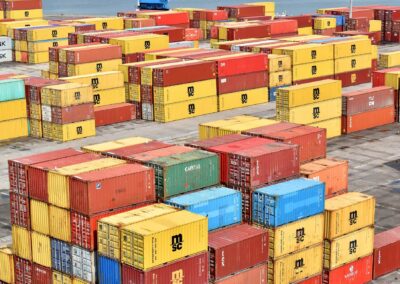Client
Vacuum cleaner and floor care product manufacturing company.
Challenge
In 2018, the US imposed additional tariffs on certain imports from China, known as Section 301 tariffs. The US Trade Representative’s office implemented a tariff exclusion process to exempt certain Chinese imports from these additional tariffs. Still, our client needed to pay the 301 tariffs while the USTR reviewed the exclusion claims. Once the USTR granted the exclusions, our customer found that they had several HTS codes and products that qualified for the exclusions. The first step for the importer was to immediately start using the appropriate exclusion HTS on all new entries to avoid paying the 301 tariffs. The next step was filing PSCs or protests on all imports where 301 tariffs were paid. Their current broker provided a 6-month timeline on the project, which was unacceptable because the consignee a) wanted to file for a refund ASAP and b) some of the entries were in danger of falling into or out of the protest timeframe. In a pinch, the customer turned to J.M. Rodgers to complete it in time.
Solution
J.M. Rodgers started with a complete analysis of the client’s ACE data and realized that a typical process for protests would not meet the scale or deadlines needed. We decided to bring our client through a customized exclusion process built upon the same principles that drive our high-volume import entry program.
This process was based on the principle of an “assembly line” to leverage our ability to process high volumes of entries and meet Customs’ timeline. To assure the process stayed on track, we brought in our most senior staff to integrate the new process into our import compliance team. Once we had our strategy in place, we started to pull copies of all entry documentation that we needed for the program and put together protests of past entries to claim exclusion refunds.
Results
After confirming the solution above with the client, we started filing exclusions with U.S. Customs. The client eventually realized over sixty million dollars in exclusion-based tariff refunds, and all protests were filed within the deadline to maximize returns.



